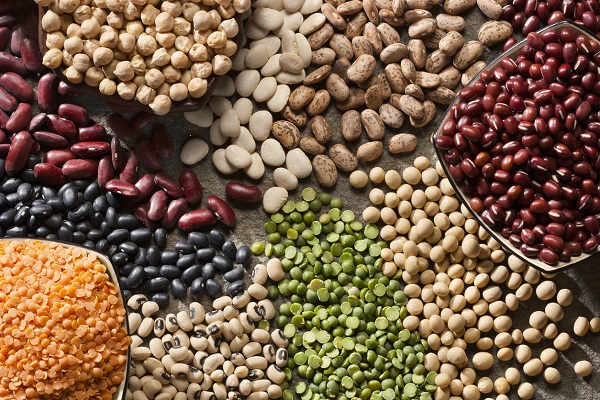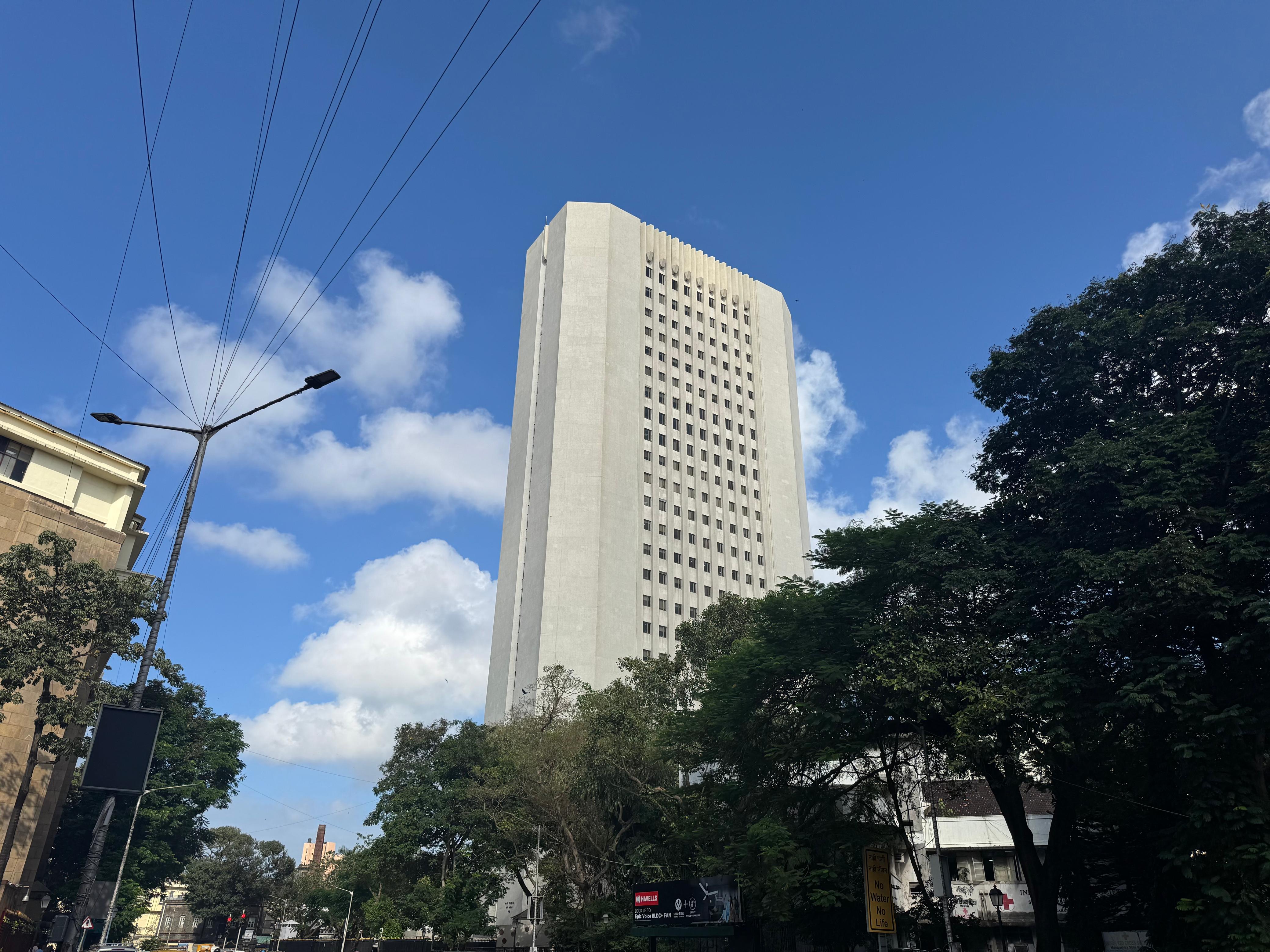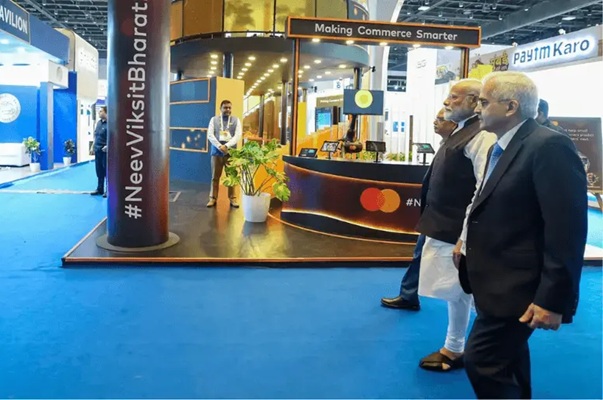.png)

By G. Chandrashekhar
Chandrashekhar is an economist, journalist and policy commentator renowned for his expertise in agriculture, commodity markets and economic policy.
October 8, 2025 at 7:26 AM IST
The Union Cabinet recently approved the six-year Mission for Pulses for 2025-31 with an outlay of ₹114.4 billion that seeks to achieve self-sufficiency in this protein-rich legume. The Mission will adopt a comprehensive strategy covering research, seed systems, area expansion, procurement and price stability.
India is the world’s largest producer, processor and consumer of pulses. With production growth trailing demand growth, import volumes have been growing. The year 2024-25 witnessed record import of about 7 million tonnes, representing close to 30% of 25.2 million tonnes domestic production and almost 50% higher import than the previous year’s 4.7 million tonnes.
Will the self-sufficiency mission deliver?
Historically, to augment domestic supplies and contain price rise, India has been importing pulses since the early 1980s. On multiple occasions in recent years policymakers talked about becoming Aatmanirbhar or achieving self-sufficiency in pulses. This goal has remained elusive, not for want of intention but for lack of strategy. Rather than improving, the situation has become worse. See how.
The area under pulses cultivation has declined from the recent peak of 31 million hectares in 2021-22 to 28.9 million hectares in 2022-23. It dropped further to 27.5 million hectares in 2023-24 and stagnated in 2024-25.
Along with area, production too has shown a declining trend. From 27.3 million tonnes in 2021-22, output declined to 26.1 million tonnes the following year and moved further down to 24.2 million tonnes in 2023-24. A modest recovery to 25.2 million tonnes in 2024-25 came as a saving grace.
No wonder, imports have spurted. As per official data, from an average of 2.6 million tonnes in 2021-22 and 2022-23, imports zoomed nearly 80% to 4.7 million tonnes in 2023-24. Another quantum jump to over 7.0 million tonnes in 2024-25 has set a new record.
It is well known that land constraints, water shortage and climate change have taken a toll on Indian agriculture. Pulses crops are no exception. Planted area for pulses is nearing saturation. We are not going to add substantially to the acreage for growing pulses. Using rice fallows and intercropping may help add just about a couple of million hectares; simply not enough.
Vertical growth is the way forward; but there are constraints. Cultivation on marginal lands; low level of input usage; no breakthrough in seed technology; lack of irrigation; susceptibility to pest and disease attacks; all these result in low yields.
Here are some ideas for a strategic action plan:
Technology: Breakthrough in seed technology is most urgent. Seed tech is a long-term play. Create a supportive policy environment. Seed companies have drastically cut down their R&D budget, a national loss. Multiple tech infusion is the way forward - appropriate pre-harvest and post-harvest technologies. For good outcomes, deploy Infotech, Agbiotech, Satellite tech, nuclear agriculture tech, Nanotech, Drone, Field robotics, Digitization of supply chain and so on.
Stewardship: Growers need guidance, especially on market outlook. Engage agricultural universities and krishi vigyan kendras to guide Farmer Producer Organisations and grower groups about input sourcing, agronomy, prophylactic methods/preventive methods. Through awareness, training and education programmes, convert growers into savvy traders.
Replication: Study farm practices in high yield areas and replicate the practices in low yield area.
Minimum Support Price: MSP as practised for years has failed to deliver desired outcomes. Review the rationale of fixing MSP. Large price hikes alone will not drive production higher. Can we link MSP with productivity?
Robust procurement infrastructure is critical; and so is proactive trade and tariff policy. For procurement, enlist the services of professionally managed private warehousing companies.
Raising pulses production is not the end of the story; actually, it is the beginning of a long road ahead.
Consumption: Pay attention to consumption. At 14-15 kg per person per year, per capita availability of pulses is far below than what nutritionists recommend — 20 kg. According to NITI Aayog, we consume 45 gm protein per day, but need to consume 80 gm a day. Boost pulses consumption to advance the nation’s nutrition security. It will improve marketability of crop. Make pulses consumption fashionable.
Demand for dal is supplementary to fine cereals. As a nation we eat dal-roti or dal-chawal. Wheat and rice distributed free under welfare programs are carbohydrates. Vulnerable consumers need protein that dal can provide. It will help address protein deficiency. Pulses are an economical source of vegetable protein. Include pulses under welfare programmes.
Processing and Value Addition: Opportunities galore. Protein-laden pulses lend themselves to preparation of a wide variety of traditional Indian foods and snacks. Target specific segments – children, working women, lactating mothers, senior citizens, sportspersons.
Modernisation of the antiquated dal milling industry is urgent. A Dal Mill Modernisation Fund is necessary. Will improve milling efficiency; improve food safety and hygiene standards; help digitise supply chain. All this will result in welfare gains for consumers and may even attract FDI!!
EXIM Trade: Keep export and import windows open. Monitor and moderate export-import trade; use tariffs, rather than trade bans. Leverage FTAs to promote exports, both bulk and value-added.
Huge disconnect between wholesale and retail prices. Consumers pay high prices, but share of grower in retail pie is low. Can policymakers remedy this anomaly?
When implemented honestly and transparently, results of the 6-year Aatmanirbhar Mission on Pulses will be seen after 4 or 5 years, say by 2030. A lot can happen in the next five years. The Mission must be flexible enough to adapt and mitigate, and remain resilient against future shocks. But will it?




